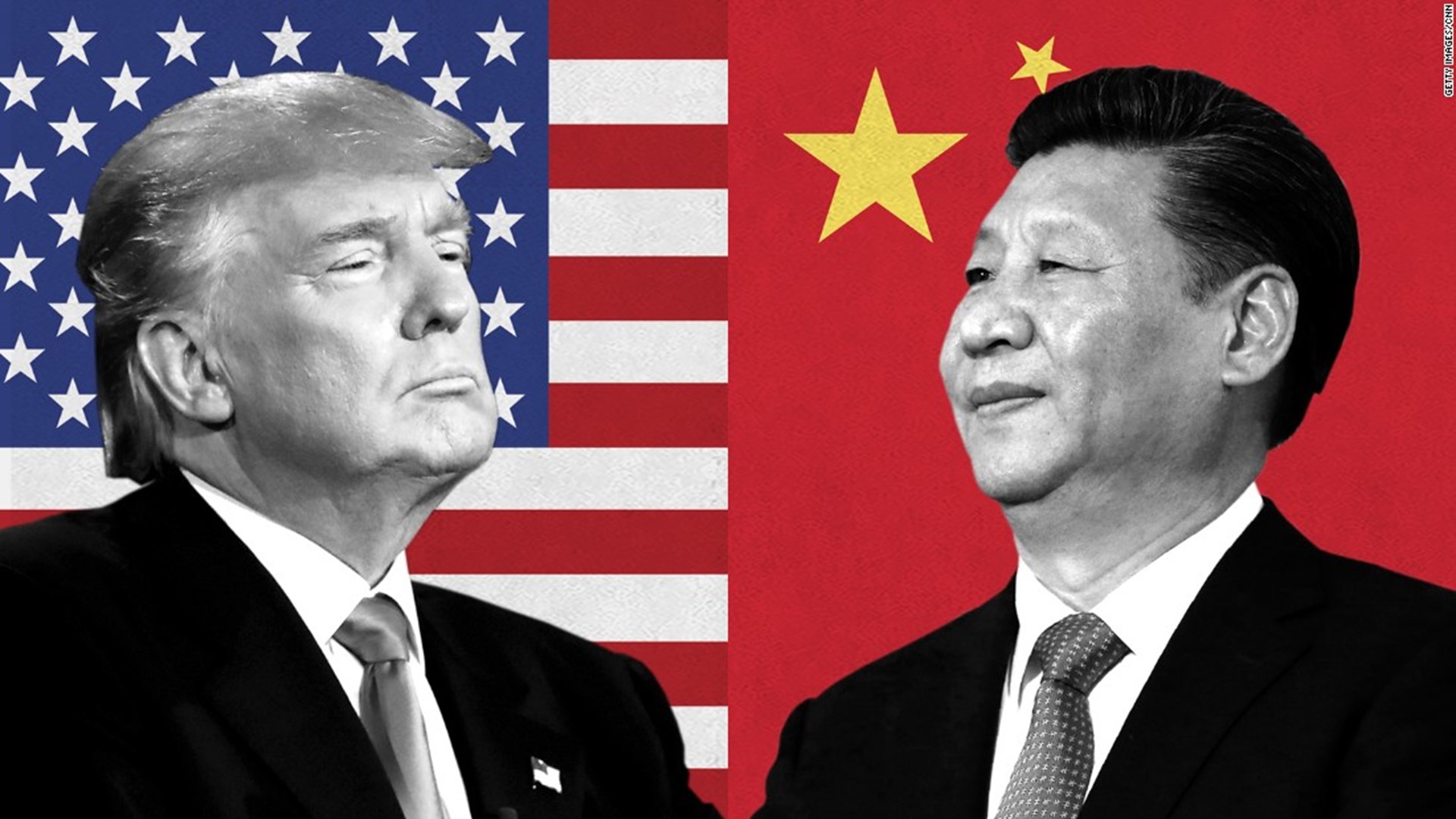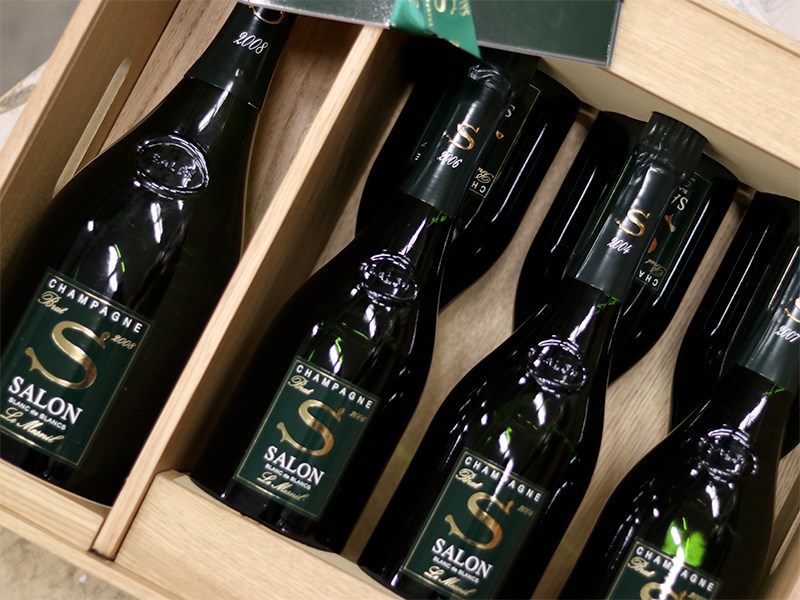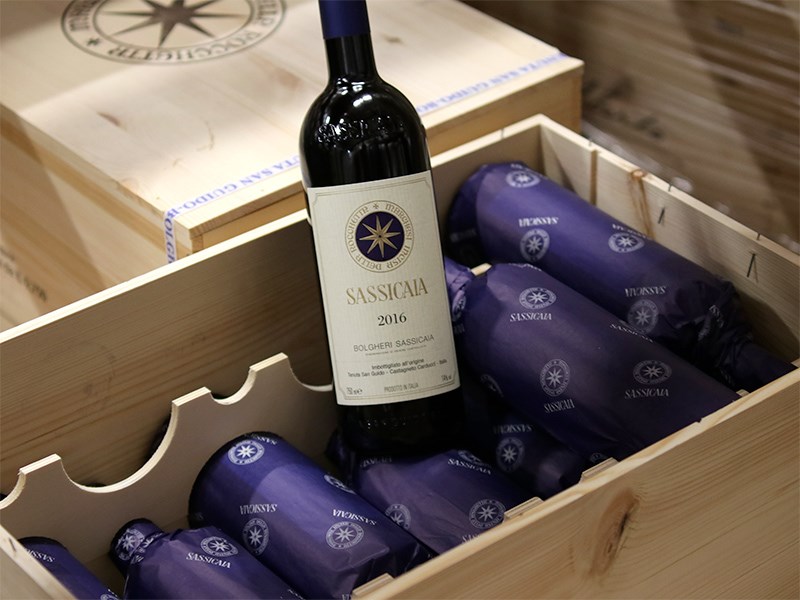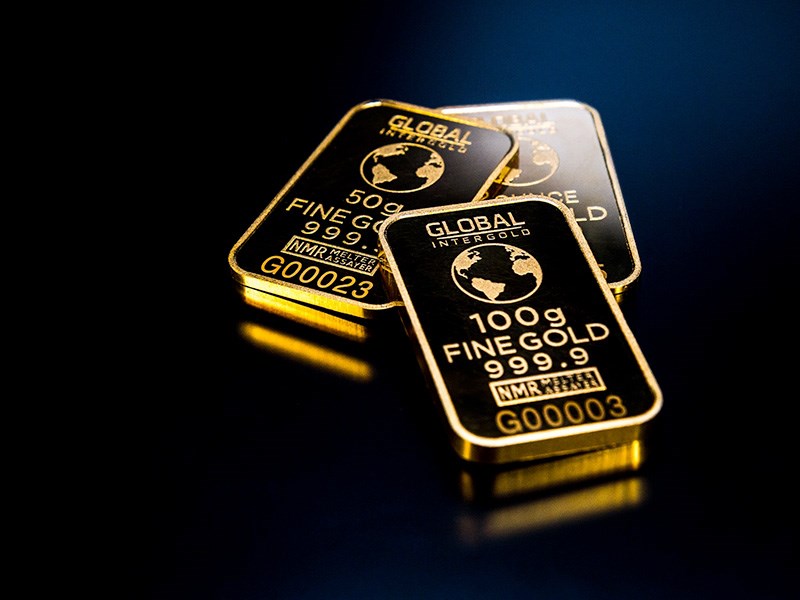Market Analysis - 29. October 2019
Q3 2019: Wine Provides Stability, Security and Strong Champagne Returns
An account of the quarter that has passed, the state of the market and the unique characteristics of the wine in times of crisis
Salon Delivers high returns in an uncertain market
2019 has so far been characterized by stagnant wine prices. The reasons for this are probably to be found in the ongoing trade war, the turmoil in Hong Kong and the ongoing Brexit negotiations. But to look at the brighter headlines third quarter was dominated by Salon which sent Champagne in plus 4.0% for the year so far.
Champagne is perhaps the third quarter's most important headline. The large houses have in turn sent their respective vintage 2008 on the market in lavish celebrations just to be replaced the next. This has happened at record prices, which has helped to raise prices further in the older vintages. Secondary vintages from Dom Pérignon and Cristal have been interesting to follow, but it is at Salon that our strongest recommendations have been and also here we have experienced the biggest price increases - more on that later on in the article.
But although the bubbly drops give rise to delight among the champagne investors, there are indications that not all investors are equally pleased, and uncertainty prevails in the market. 2019 has offered the biggest escape from the stock market since the financial crisis (2007-2009) and if you are exposed to stocks you should consider your strategy if you fear that the financial markets are facing a major correction or even recession. Whether the concern is justified is up to the individual to assess, but more about crisis signs and safe capital preservation can be found further down in the article.
Champagne with a 4.0% plus for the first three quarters of 2019 sends wine to plus 1.0% year to date. The world's investors operate in an extremely nervous market and it can therefore make sense to look at wine as an asset that not only provides returns, but can also create security and secure capital in an unstable market.
Returns 2019
This is the results of the first three quarters of 2019. Read on under the table and learn about the general market situation and why now might be a really good time to risk evaluate your investments.
| Category | Q1 | Q2 | Q3 | YTD |
|---|---|---|---|---|
| Bordeaux | 3,5% | -3,3% | 0,7% | 0,7% |
| Burgundy | -1,5% | -4,4% | 5,2% | -1,0% |
| Champagne | 5,5% | -4,4% | 3,1% | 4,0% |
| Rest of World | 2,0% | -3,6% | 2,4% | 0,7% |
| RWI-Index* | 1,8% | -4,1% | 3,5% | 1,0% |
| Stocks** | 12,8% | 3,0% | 2,6% | 19,2% |
The Unrest Continues: Brexit, Hong Kong and Trump
In our latest quarterly report, we focused on uncertainties that continue to draw headlines in the daily press and affect the wine market as well. This being Brexit, the turmoil in Hong Kong and the escalating US-China trade war.
At the end of the quarter, there was still no clarification on Brexit, but even though the sabers of re-election, hard Brexit, etc. are being rattled, no one knows what is going to happen - or when. Although we predict that Brexit will have no appreciable impact on wine prices and long-term returns, Brexit negotiations and the increased uncertainty, in general, have a temporarily negative impact on wine prices.
Sales of wine and spirits in Southeast Asia continue to weaken due to the turmoil in Hong Kong. Hong Kong is the center of wine trade and distribution in Southeast Asia and imports here are reported to be 10% lower than the same time last year. Of course, this has consequences for wine prices here and now, but instead of price drops it simply leads to stagnant prices. The reason for this is that the global demand for the most exclusive wines is many times the supply, which means that a weakening of one market simply leads to the wine being sold elsewhere, often without significant price changes.
The US-China trade war continues to escalate with the imposition of a penalty on a wide range of commodities at staggering millions. But the trade war also seems to be spreading to the rest of the world and on October 18, 2019, a new US import duty came into effect on a wide range of European products, including French wine. The news is of course unimportant for the third quarter of this year, but indicates that the global trade war is probably not ending just yet.
 The trade war continues unabated and the end does not seem imminent
The trade war continues unabated and the end does not seem imminent
Q3 in the Wine Investor's Perspective
After a single quarter in the headwind, wine once again shows positive signs and here you get an overview and the main highlights from the four different categories Rare Wine Invest operates in.
Burgundy is Back on Track
After two quarters of negative returns, Liv-ex again reports rising Burgundy prices (+5.2%) in the third quarter of the year and is now down 1.0% after the first nine months of the year. Burgundy is the only category in the RWI index, which remains in minus.
According to Liv-ex, the return in Burgundy was +5.2% in Q3 2019 and -1.0% for the year to date, which can roughly be translated to that the prices in 2019, after a slight decline, now are close to the same level as at the turn of the year.
The Vintage 2008 Raises the bar in Champagne
The price rises, which mean that champagne so far in 2019 is 4.0% plus, is largely due to last year's releases of the top houses of 2008. These releases have basically set new standards for how high the price can be set when a new vintage replaces the previous one. This has had a positive spill-over effect on the older vintages, which have in part experienced similar price increases.
As mentioned earlier, Champagne Salon has been subject to the biggest price rises and their recently released vintage 2008, which may be considered the most important release of the year, has jumped the scale of what a new vintage of Salon can cost. This has only generated further interest in the cult champagne house: The three previous vintages (2004, 06, 07) have seen price increases of between 13% and 22% this quarter and have delivered an average return of more than 25% in 2019 so far.
Have you invested in champagne from the already legendary vintage 2008? You can achieve this even though several houses are moving into the final phase soon before the stock is sold out. This is typically the time to mark the start of price increases. Contact us for more information.
According to Liv-ex data, the return on Champagne is +3.1% in the third quarter, but except for Salon and some other top producers, the Champagne prices are also temporarily stagnated.
Read more about the 2008 Salon here: Outstanding Salon presents Monumental Release: 8,000 Bottles of Vintage 2008
 The 2008 Salon in the Limited Edition Oenotheque Case has jumped the scale of what a new vintage from Salon can cost.
The 2008 Salon in the Limited Edition Oenotheque Case has jumped the scale of what a new vintage from Salon can cost.
Bordeaux: Disappointing En Primeur Sale
Not much has happened to the prices of the best Bordeaux wines in the third quarter and despite the strong vintage 2018 with several 100 points wines, the big Chateaus had to see sales dive compared to the similar vintage 2016.
The reason is probably due to falling demand for the Bordeaux wines and a lack of willingness to adjust prices accordingly.
According to Liv-ex data, the return in Bordeaux was + 0.7% in Q3 2019, and + 0.7% for the year to date. In general, it can therefore be said that Bordeaux prices have neither fallen nor increased during 2019.
Italian Stars in Rest of World
The slightly incoherent category, Rest of World, covers all non-French wine and spirits, and although Liv-ex reports a 2.4% increase, the year-to-date return of 0.7% is more accurate.
In this category there are wines that have fallen slightly in value and wines that increased as well, but if you look at the Italian wines there is celebration and progress. The great supertoscans are on the rise, for example, where Sassicaia is seriously stealing the limelight.
Read more about Sassicaia here:
Læs mere her: Supertuscans Reach New Heights: The Whole World has its Eye on Sassicaia
 2016 Sassicaia steals the limelight and been an attractive investment case among our investors as well
2016 Sassicaia steals the limelight and been an attractive investment case among our investors as well
Stock investors flee to safety - does the crisis hit?
The global political turmoil and instability can be read in the stock market and the last six months have offered the biggest escape from the stock market since the first half of 2008* - ie. since the financial crisis really took hold.
Investors have instead increased their holdings of cash and short-term bonds, which has further lowered the already low interest rates. At the same time, the gold price at the end of Q3 was 33% higher than at the same time last year, which is another indication that investors are fleeing to what have traditionally been safe assets.
Cash, short-term bonds and gold have been and continue to be investors' favorite ports when financial storms are threatening, but this is not without risk. The so-well-known law on supply and demand also applies here and with the mass flight from the stock market, the yields on the bonds have gone down and the price of gold has gone up.
The switch to cash assets is, of course, to avoid losses as a direct consequence of falling stock prices, but precisely in the perception of the security of these assets lies the risk: For example, what happens to the gold price if the market is NOT corrected, the optimism returns and the investors in short time again exchange gold for stocks?
A gold return of 33%, which has been the case in the past year, certainly seems attractive, but the risk exposure only increases when the price increases are primarily due to the search for a safe haven. The optimism will return, the port will be abandoned, and prices will again decrease - with losses as a result.
If you are holding stocks, you should consider your strategy if you fear that the financial markets will face greater correction and possible recession. If you are considering, or already have, like many others, been exposed to cash assets, you should carefully consider the risks.
 The price of gold has risen by 33% in 2019, but this may be a sign of fear of crisis
The price of gold has risen by 33% in 2019, but this may be a sign of fear of crisis
Wine is the Safe, Undiscovered Haven
Wine prices have historically been rising during economic growths and stable when pessimism has dominated. Price declines have been marginal and temporary in the past, and over the past 15 years wine has delivered stable, high returns in good times and secured investors in times of crisis, with a safe haven from stormy weather.
The fact that wine prices have not increased significantly in 2019 makes good sense compared to the headwind that is almost total in the wine market. However, the fact that wine prices have not risen in accordingly to the flee from stocks indicates that only a few have discovered the unique properties of wine as being the obvious asset to place capital in times of high uncertainty.
Should investment in wine become more widespread in the future, this will simply increase demand even more, which will further accelerate the price rises that the ongoing consumption naturally entails.
As long as wine remains subject to only limited speculation, the risk will remain low. Should the opposite occur, increased demand will result in price increases, which will benefit existing investors.
Rare Wine Invest’s Opinion
On top of 2018 as a record year, 2019 may so far feel a bit flat, but here it is important to remember wine's unique qualities as an investment asset and that wine is also an asset class with a long-term horizon. With this in mind, wine has historically delivered high returns combined with low risk.
Global political turmoil and instability are wreaking havoc on the wine market as well as the financial markets, but despite this, wine basically retains its value, while the uncertainty can be seen, for example, in the stock prices which goes up and down.
In recent quarters, we have seen the largest exchange of stocks for cash and gold since the financial crisis, and it is in particular the professional investors focused on capital preservation who goes defensive these days.
Champagne, which should be considered the most important headline of the quarter, is among the least risky areas when talking about wine investing. Due to the relatively large volume and consumption, champagne is less price sensitive and has historically delivered extremely stable returns.
If you consider selling out of your stocks and searching for a safe haven, you can alternatively increase the exposure in wine and especially champagne, which has outperformed the stock market over the past 15 years and which has even proven to be extremely crisis resistant.
Rare Wine Invest is in no doubt: Champagne is the new gold
